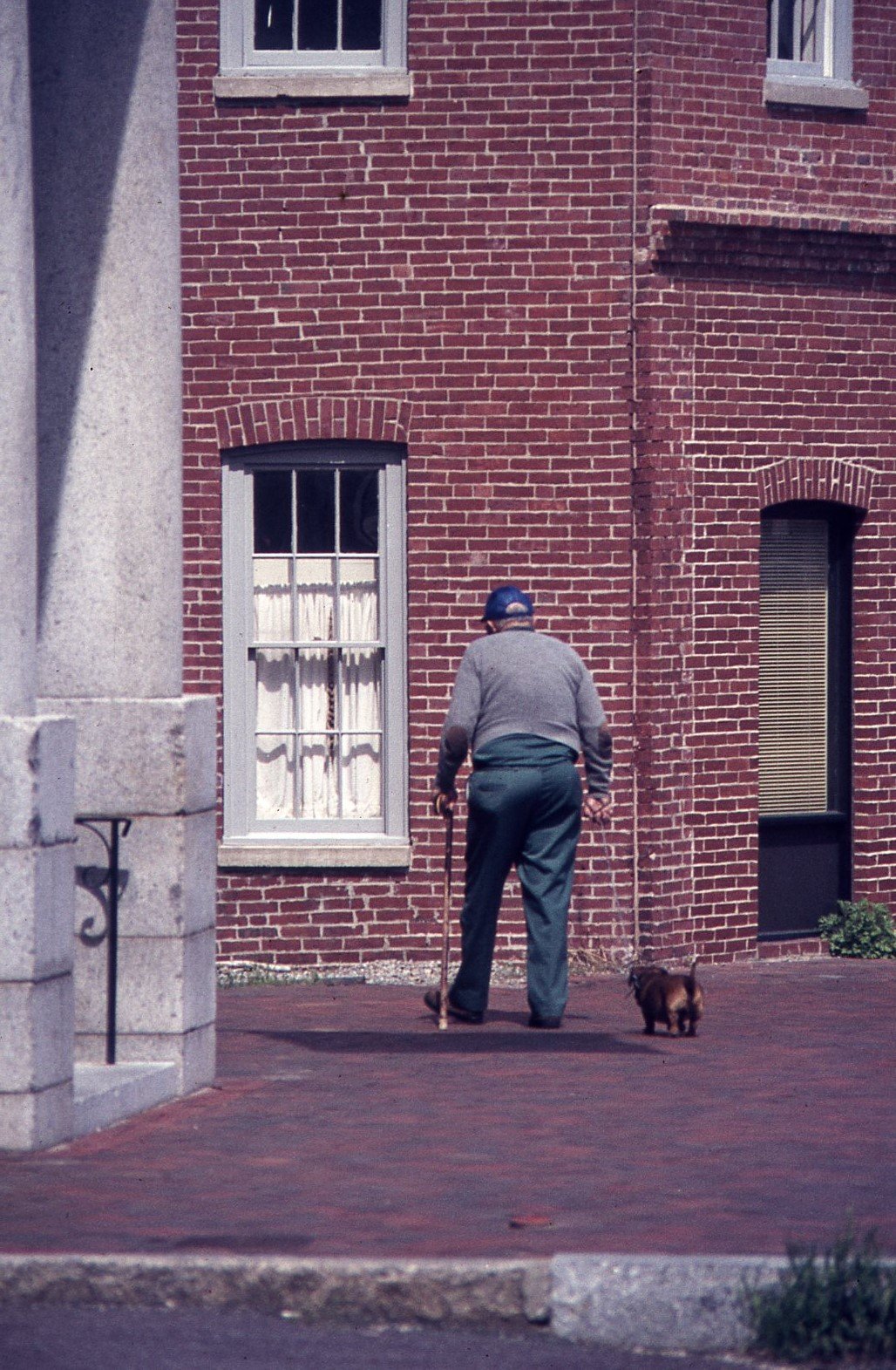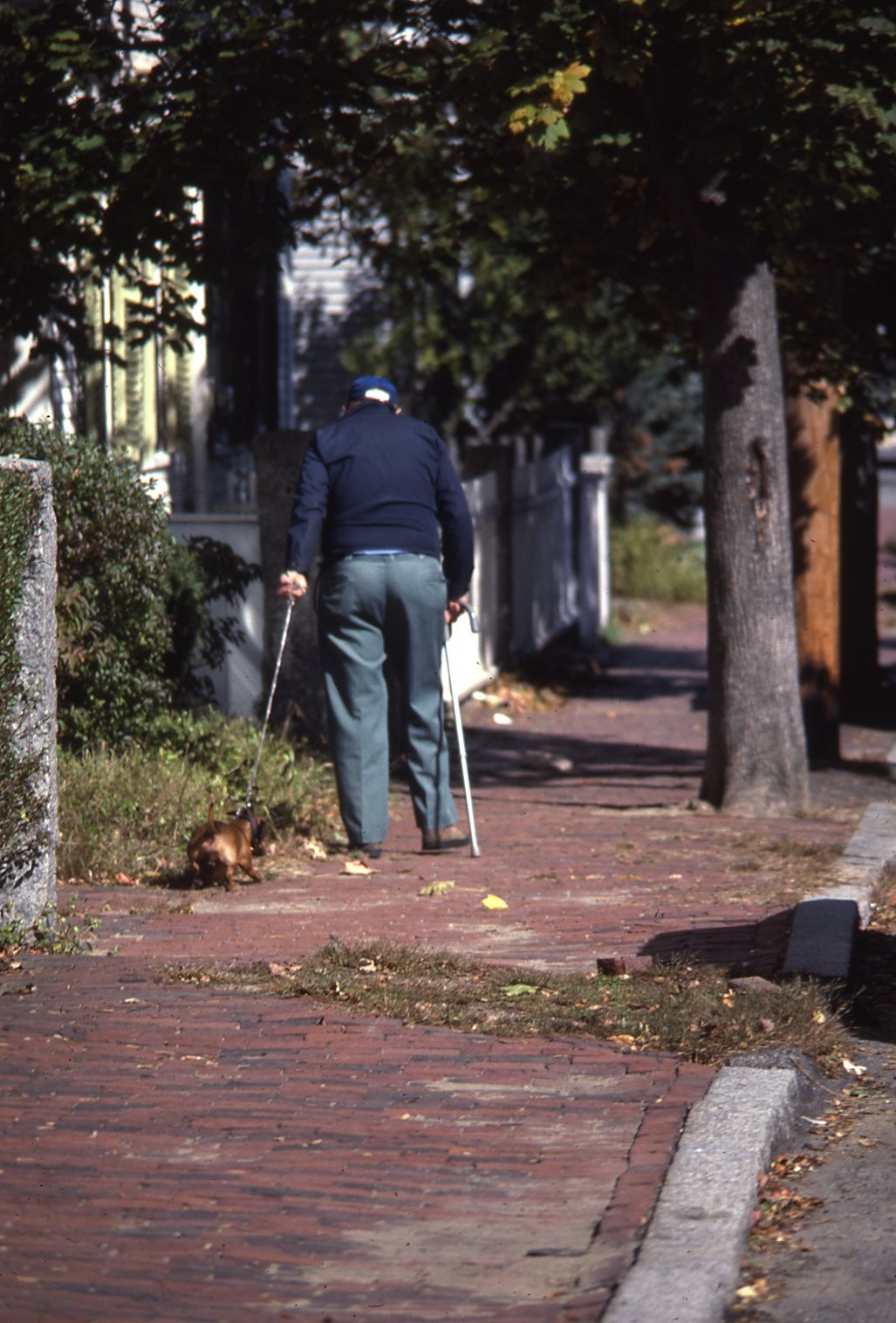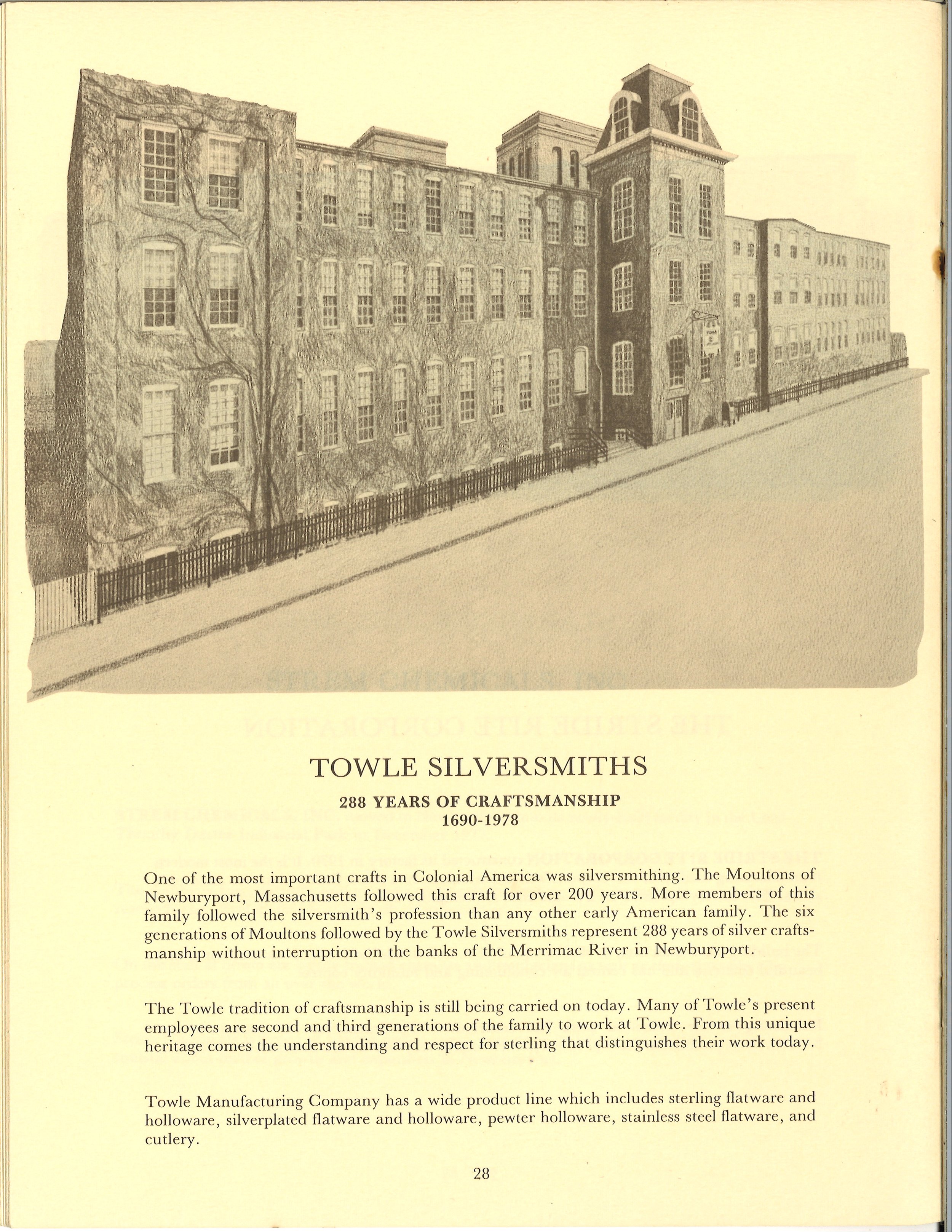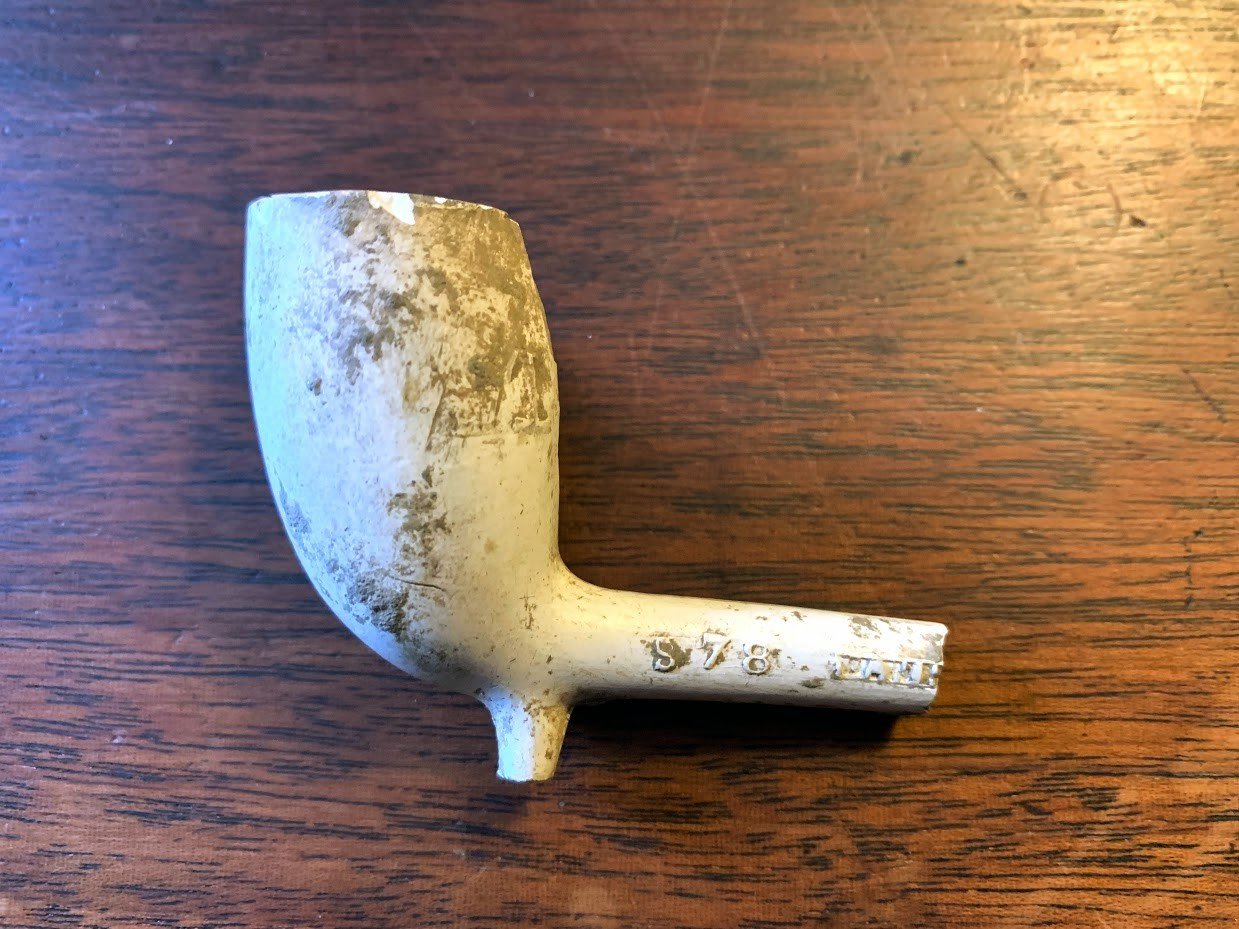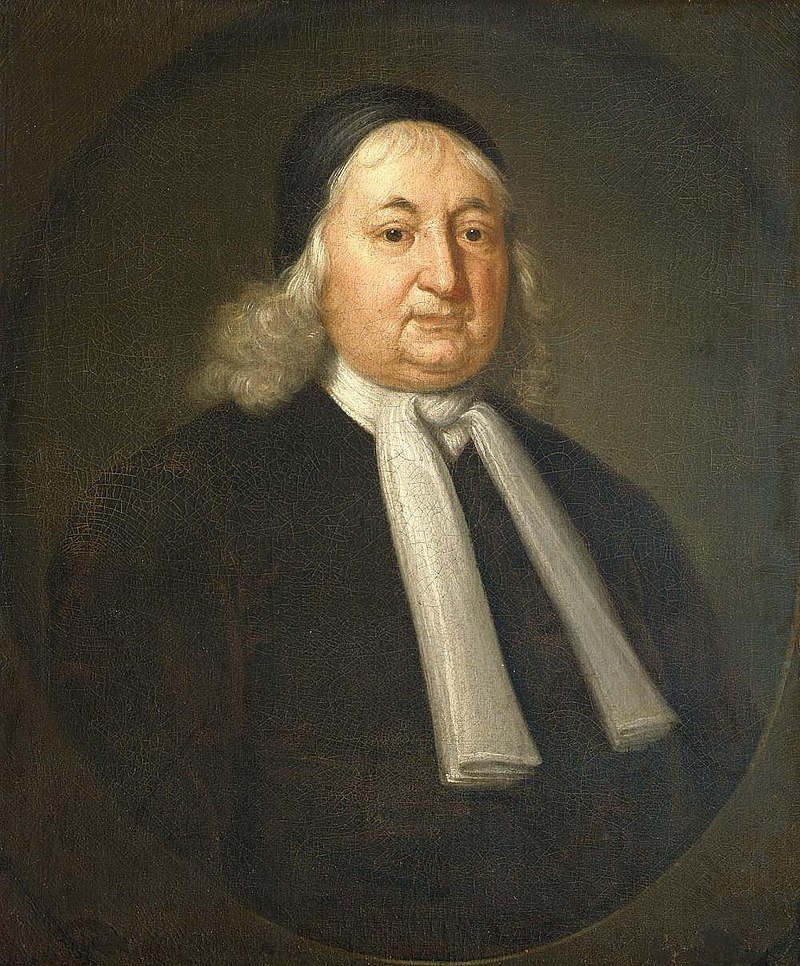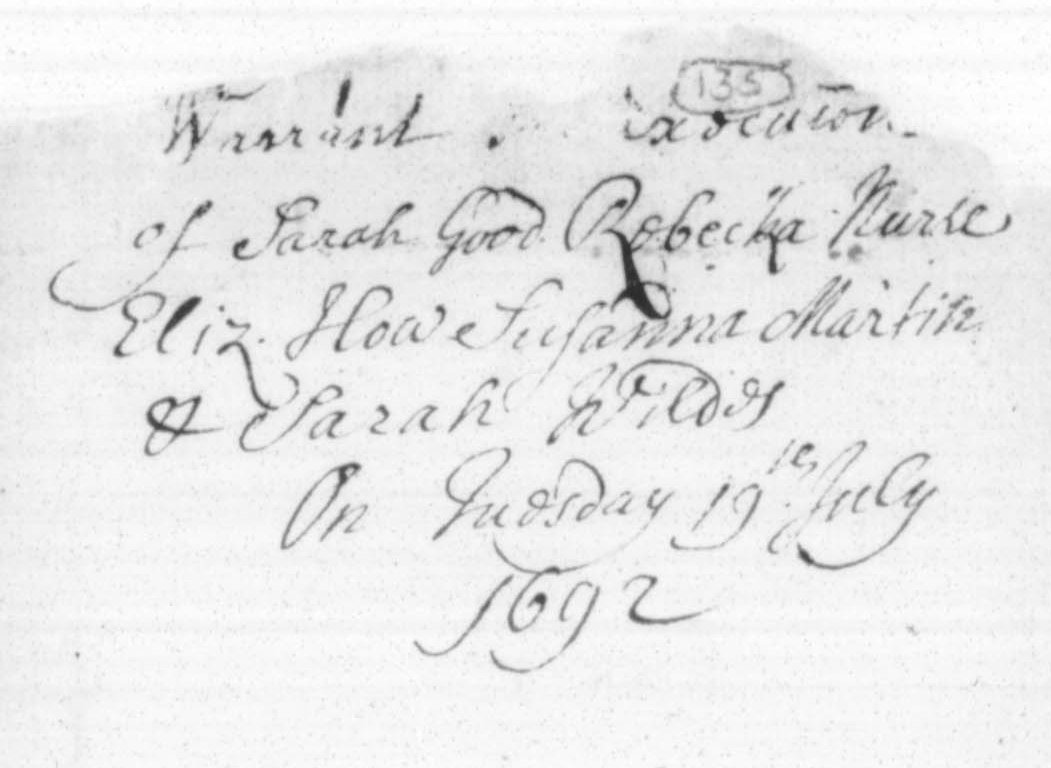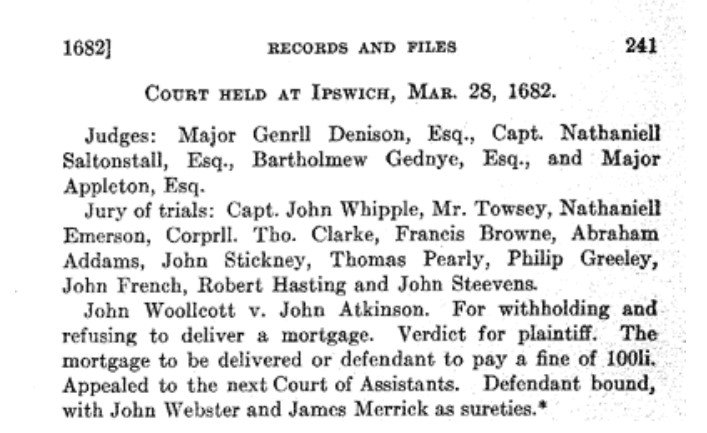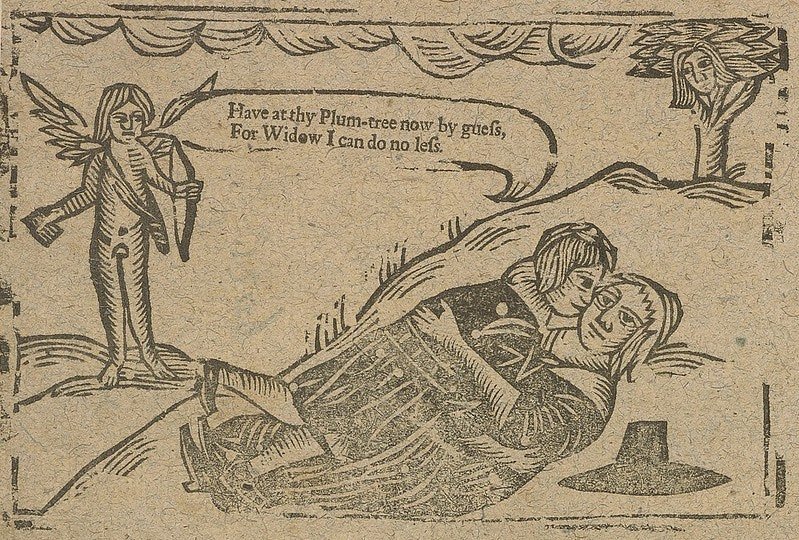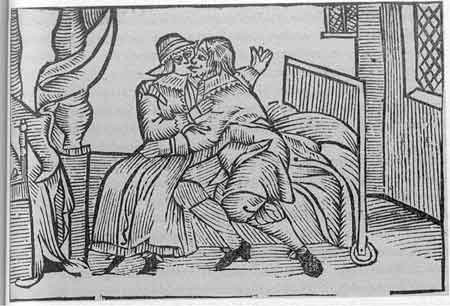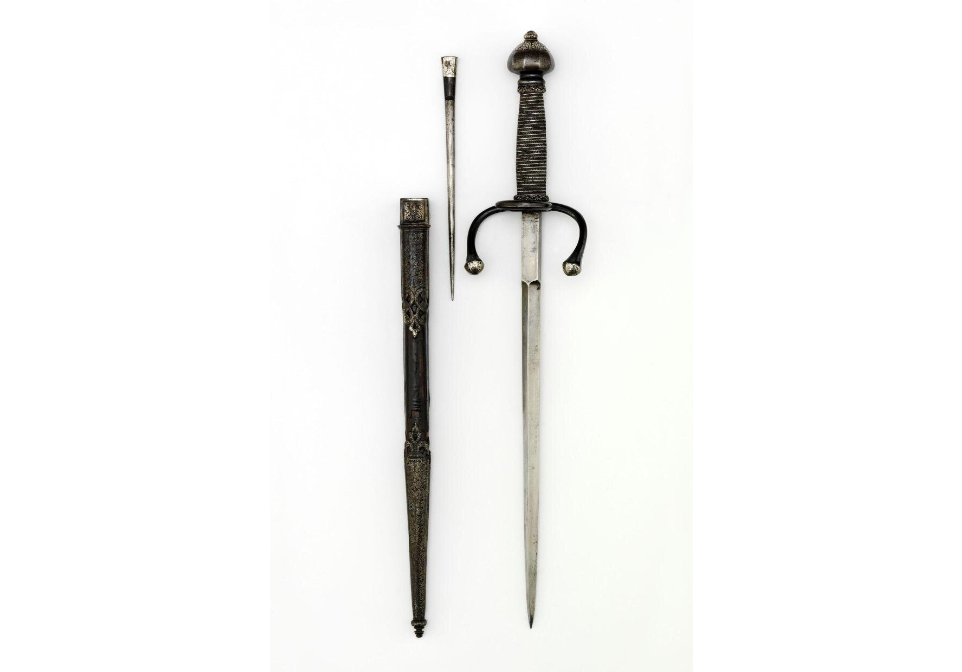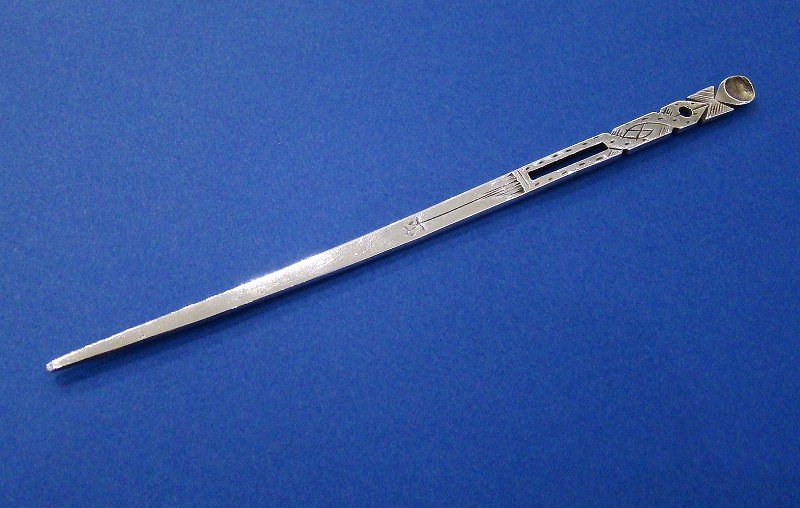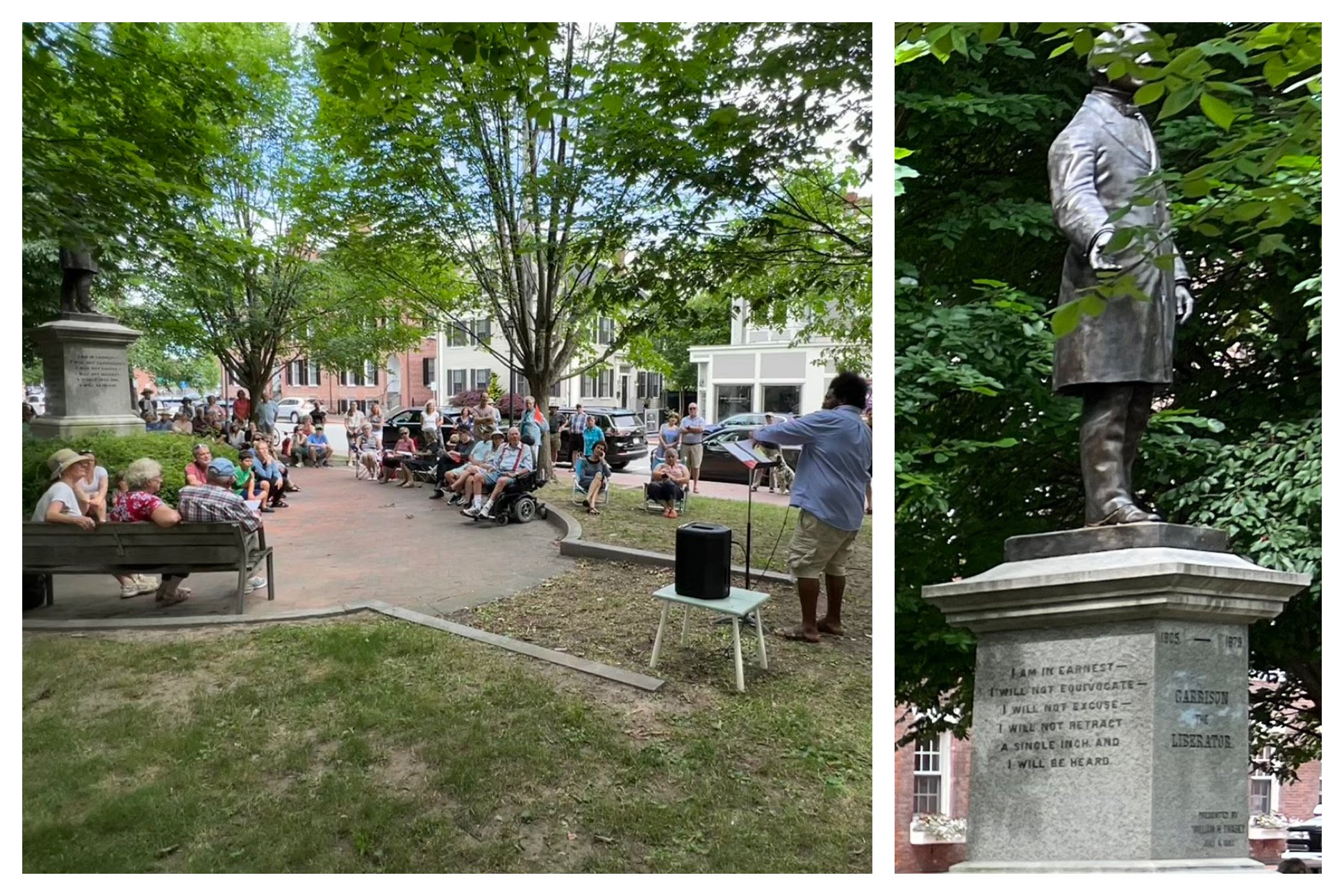How to Photograph a Garden
/... a guest blog by Bob Watts, MOON Board member
I was my Mother’s first born…. born in early June when summer was approaching full swing. She always remarked how much she loved her red rose bush, climbing up the screened-in porch. The beautiful fragrance always reminded her of my first days. We have this one photograph and I treasure it…. made 60 years ago in New City, NY (a hamlet of Clarkstown, Rockland County).
I’ve been asked to share my best tricks for how to photograph a garden. You can use your camera phones or digital cameras - both can make for beautiful images.
Start with a general view - the entrance, a gate, a path. Think about the view the gardener hoped you would first see. This is an inviting garden gate from the 2022 Garden Tour with the roses at peak bloom!
Next you may be offered a full, sweeping view of the garden - this might be a nice horizontal view. Look for something of interest (flowers) to fill the bottom half of the image. This is where a wide angle setting on your lens choice could work well. Phones have a wonderful shooting mode called “Panorama”. Make it with your phone in vertical position and it’s not necessary to create it to be a full 180°, just swoop enough to get the full expanse of the garden.
Look for where the gardener means for you to spend some time. We at the Museum know that Margaret Cushing would sit and gaze upon her garden from the "summer house," which is still in place. This view should fill your frame and remember that vertical can work well, all dependent on the subject. (Filling the frame is a good general tip on almost all images.)
Next you can explore views from this spot.
Take a look at this bird bath. A straight-on image works but I prefer the one where I stood on my toes to look down from above. It gives a better view of the water plants and their beauty.


There will be the ever-changing palette of the various plants and flowers. Some tips:
Get low to be at the level of the bloom
Try a zoom/telephoto setting - you might need to step back (remember “fill the frame”)
If you can control the lens opening, use a wider open aperture so that your depth of field is low and flowers in the background go out of focus. On your phone, you can get this effect in the “Portrait” setting.
Get above and in tight to fill the frame




I love to look for special objects in the garden. Mirror balls or gazing balls go back to 13th century Venice and were used in royal gardens throughout Europe. I love the fun of them and this became a favorite “selfie” image with my daughters.
Just remember…. you are creating a historical record for the generations to come. It is a lovely gift to the future. Here is a favorite from the 2022 Garden Tour - the gardener and his view of his creation.
Come for a garden walk with me….
Cheers,
Bob Watts










